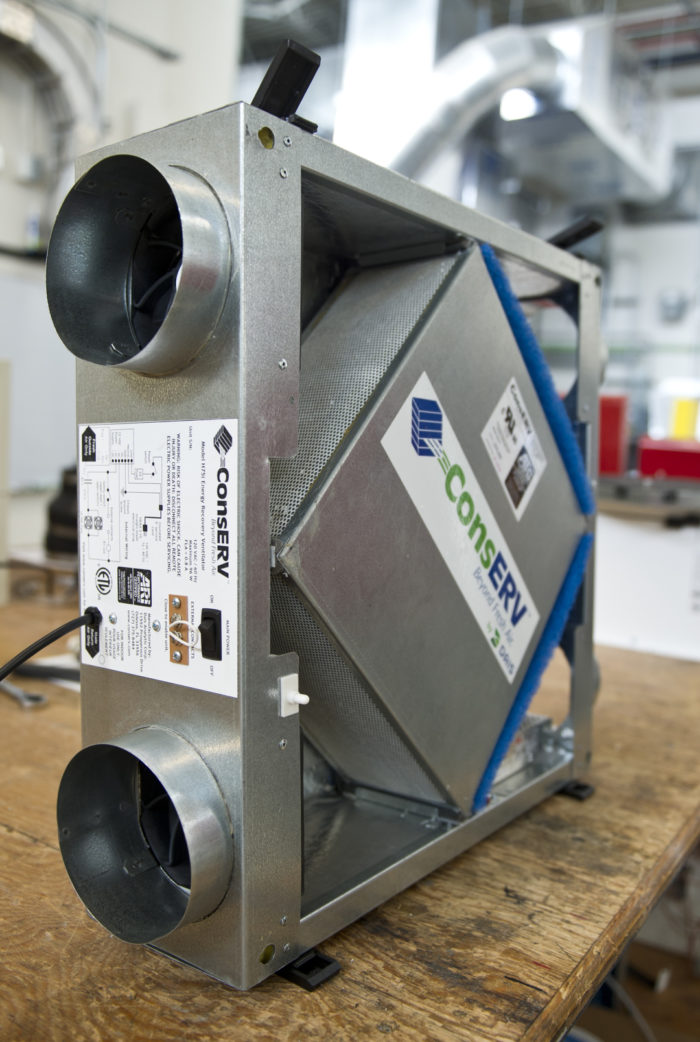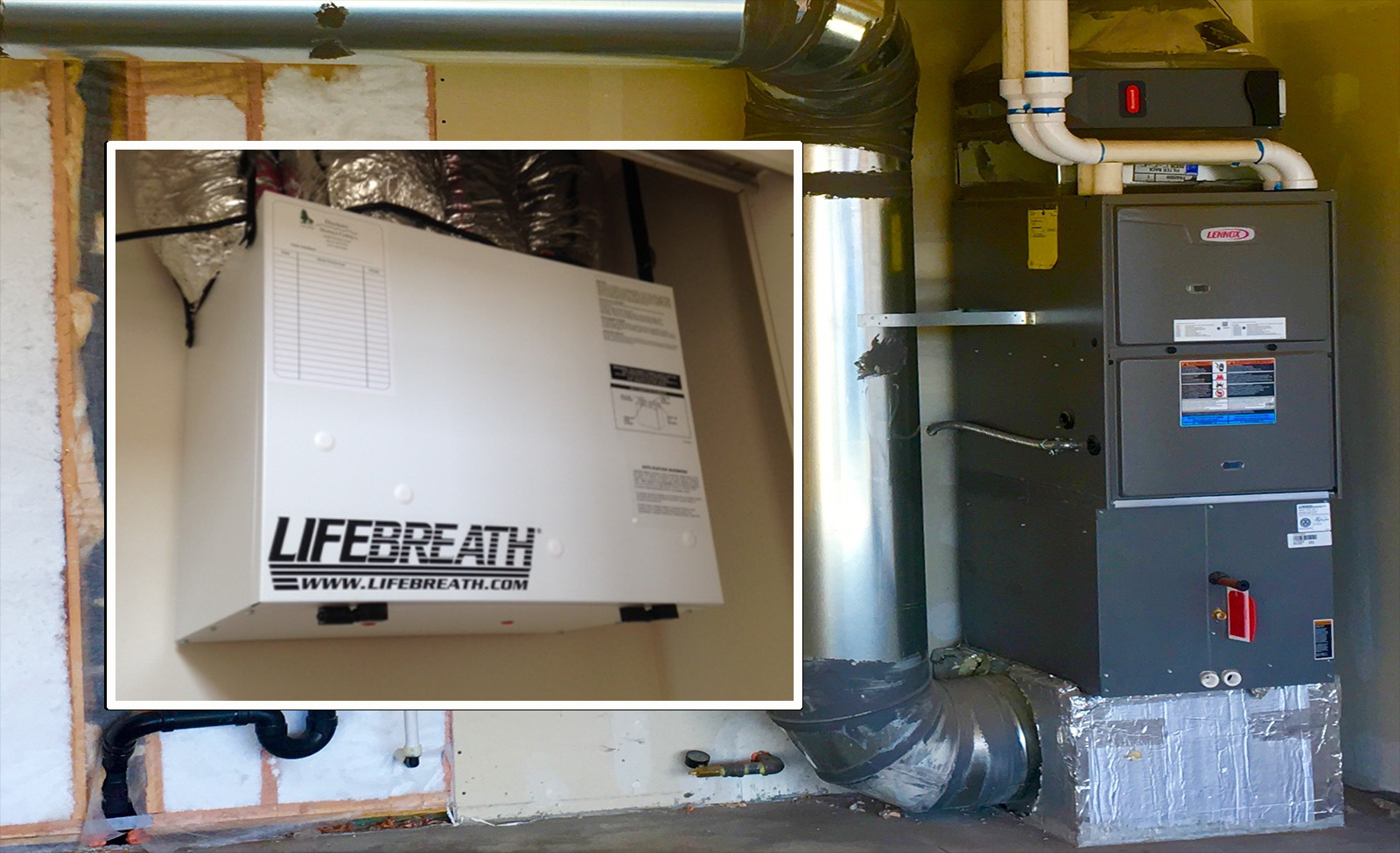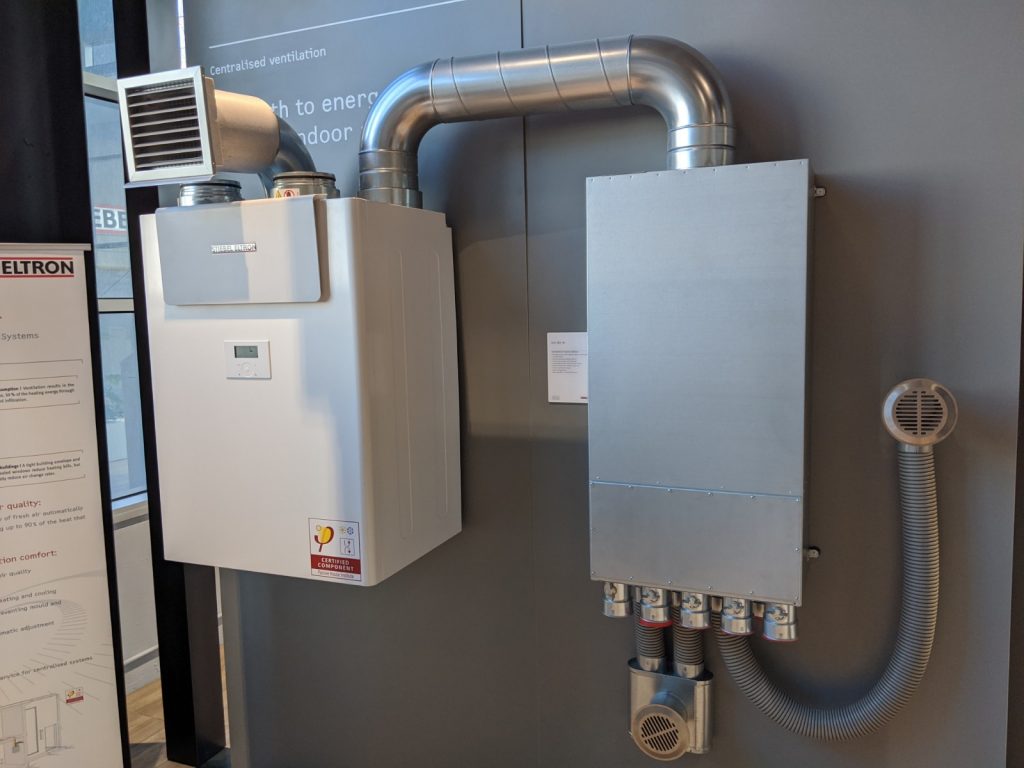Common Questions About HRV Clarified
Wiki Article
Exploring the Benefits of Heat Recovery Ventilation for Energy Effectiveness in Residences
Heat Recovery Ventilation (HRV) systems use house owners a sensible method to enhancing energy effectiveness. By redeeming heat from outward bound air, these systems can considerably lower heating and cooling expenses. Furthermore, they give a consistent supply of fresh air, boosting interior air top quality and comfort levels. As home owners think about sustainable alternatives, understanding the subtleties of HRV systems comes to be progressively important. What variables should one examine before making such an investment?Understanding Heat Recovery Ventilation Solutions

Exactly How HRV Boosts Indoor Air High Quality

Energy Financial Savings: The Monetary Benefits of HRV
Maximizing energy efficiency, heat recovery ventilation (HRV) systems use considerable monetary benefits for property owners. By recuperating and reusing heat from exhaust air, HRVs substantially lower heating and cooling expenses. This technology can lead to energy savings of as much as 30%, relying on climate and usage patterns. Home owners usually observe decreased energy expenses shortly after installment, making HRVs a financially smart financial investment gradually. Furthermore, several regions offer motivations or rebates for energy-efficient upgrades, even more improving the economic charm. As power costs remain to increase, the cost-effectiveness of HRVs comes to be significantly clear. On the whole, the incorporation of HRV systems not just advertises power efficiency but likewise adds to lasting monetary cost savings for homes.The Environmental Effect of Heat Recovery Ventilation
A considerable ecological advantage of heat recovery ventilation (HRV) systems lies in their ability to lower total power intake. By reclaiming heat from exhaust air and transferring it to incoming fresh air, HRV systems minimize the demand for energy-intensive home heating and cooling down methods. This reduction in go to this website energy demand adds to reduce greenhouse gas discharges, as less nonrenewable fuel source is needed to keep comfortable interior temperature levels. Additionally, HRV systems improve interior air quality by successfully trading stagnant air with fresh exterior air, minimizing dependence on mechanical cooling systems that can damage the environment. Generally, the implementation of HRV systems supports lasting living methods and lines up with international efforts to deal with environment change by promoting power performance in domestic settings.
Picking the Right HRV System for Your Home
How can house owners assure they choose the appropriate heat recovery ventilation (HRV) system for their needs? They must examine their home's dimension and design, as these elements influence air movement demands. Next off, reviewing the system's efficiency ratings is crucial, as higher scores suggest far better performance and energy cost savings. Homeowners must likewise take into consideration installation and maintenance prices, contrasting various brand resource names and models for worth. Furthermore, it is necessary to review sound levels, as some systems operate more silently than others. Consulting with a/c specialists can offer tailored referrals based upon certain home conditions. Ultimately, checking out customer evaluations and guarantees can help in making an educated decision, ensuring that the chosen HRV system efficiently improves indoor air high quality and power efficiency.Frequently Asked Questions

How Commonly Should I Clean or Preserve My HRV System?
The frequency of cleansing or maintaining a warmth recuperation air flow (HRV) system generally relies on usage and ecological factors. Usually, it is suggested to carry out maintenance every six months to ensure peak efficiency and air quality.
Can HRV Equipments Assist Minimize Humidity Levels Inside Your Home?
HRV systems can efficiently reduce interior moisture degrees by trading stale, moist air with fresh, drier air from outdoors. HRV Heat Recovery Ventilation. This procedure assists keep a balanced indoor setting, boosting comfort and preventing moisture-related concerns
What Is the Life-span of a Regular HRV System?
The life expectancy of click for more info a common heat recovery ventilation (HRV) system varies, usually lasting in between 10 to 15 years. Routine maintenance can expand its performance and operational life, guaranteeing peak efficiency throughout its use period.Are There Any Sound Worry About HRV Solutions?
Sound worry about HRV systems can emerge, specifically from fan procedure. Numerous contemporary devices are developed to decrease sound levels, ensuring they run silently while preserving effectiveness, which attends to potential disturbances in living settings.Can I Mount an HRV System Myself, or Do I Need an Expert?
The specific contemplated whether to set up the heat recovery ventilation (HRV) system personally or work with a specialist. Normally, while DIY setup is feasible, experience assurances proper functionality and conformity with local building codes, improving system effectiveness.Report this wiki page